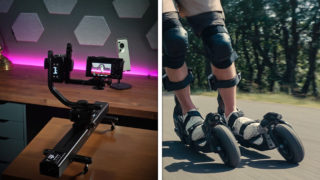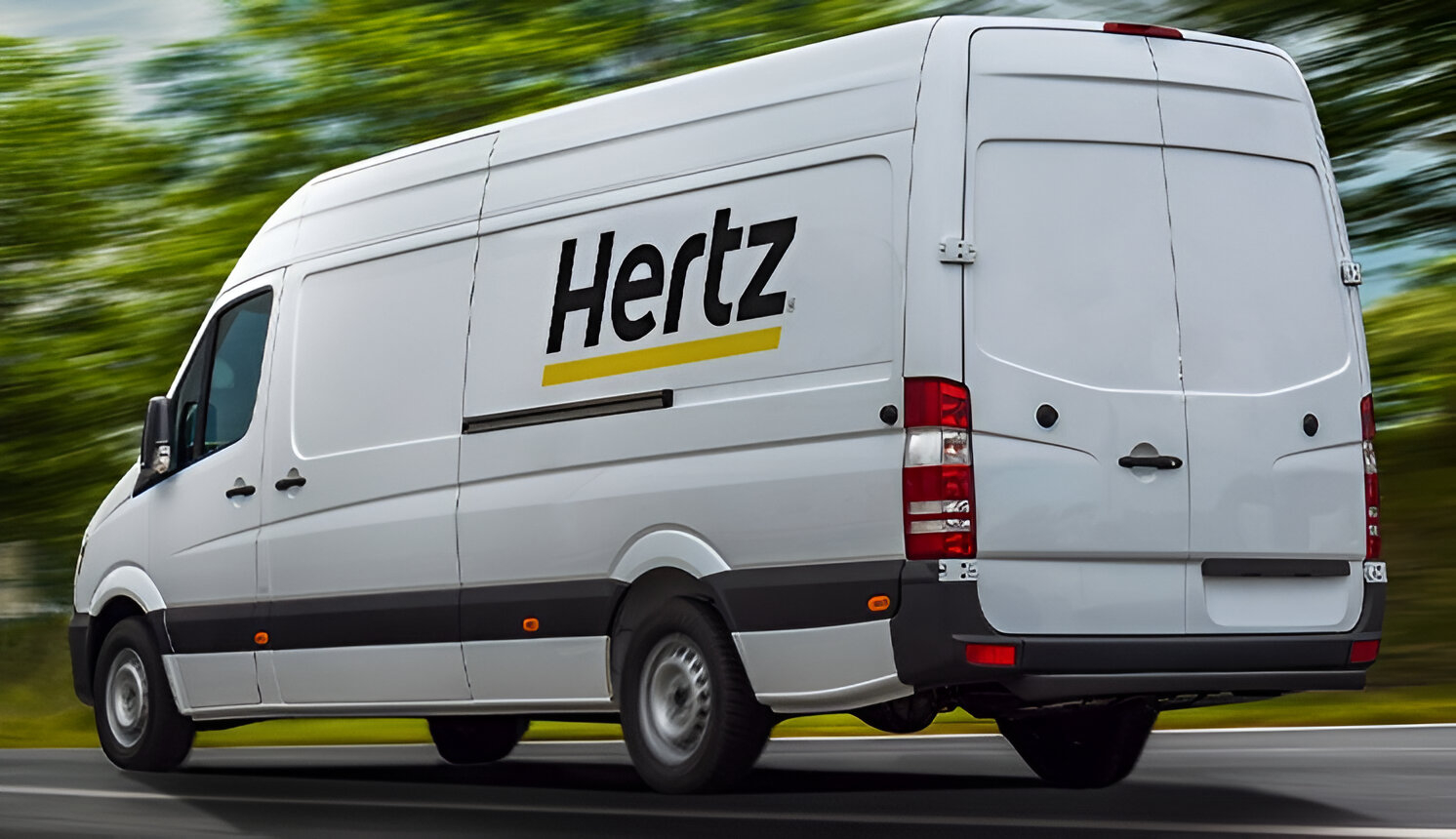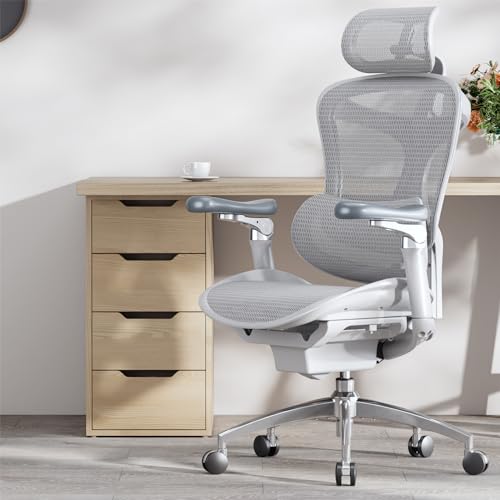Have you ever dreamed of a vehicle that can conquer both sky and sea? Flying boats represent one of aviation’s most versatile innovations, combining the freedom of flight with the ability to land on water. These remarkable machines range from lightweight sport aircraft to massive firefighting vessels capable of scooping thousands of gallons in seconds. From the compact Icon A5 to the mighty Martin Mars, each design tells a story of engineering triumph.
15. Icon A5
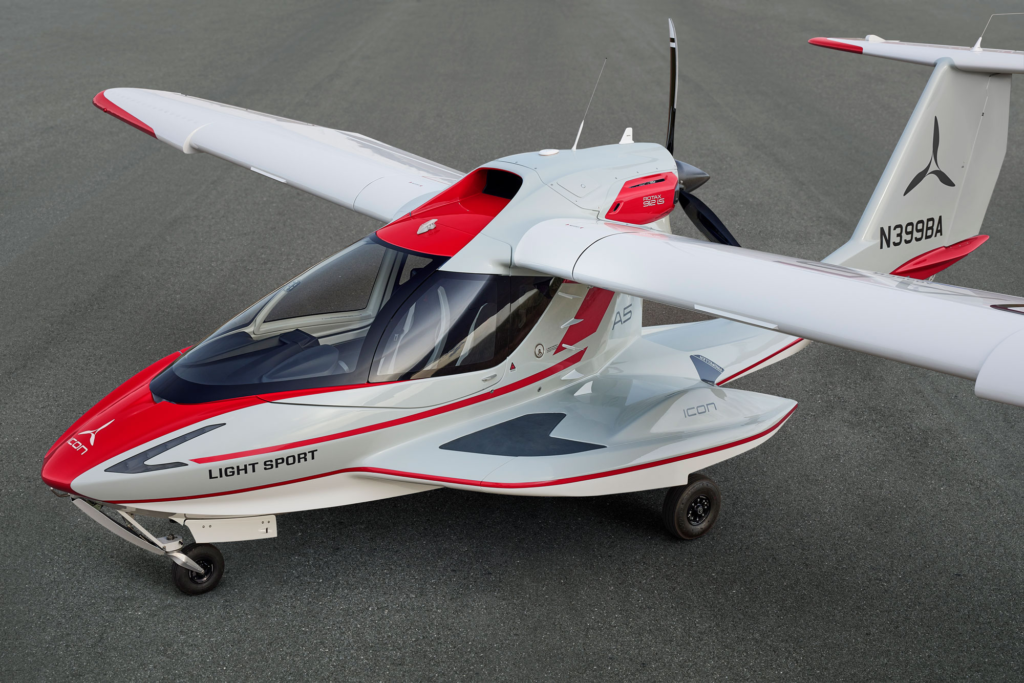
The Icon A5 transformed recreational aviation with its innovative amphibious design. You’ll find the 100 horsepower Rotax 9912 engine delivers impressive performance, maintaining a range of 427 nautical miles while cruising at 109 knots. Advanced safety features include a spin-resistant airframe and emergency parachute system – because even the best pilots appreciate a backup plan. Weekend adventurers routinely pack the 1,570-pound frame to its 490-pound useful load capacity, turning ordinary lake trips into extraordinary aerial expeditions.
14. Dornier Seastar
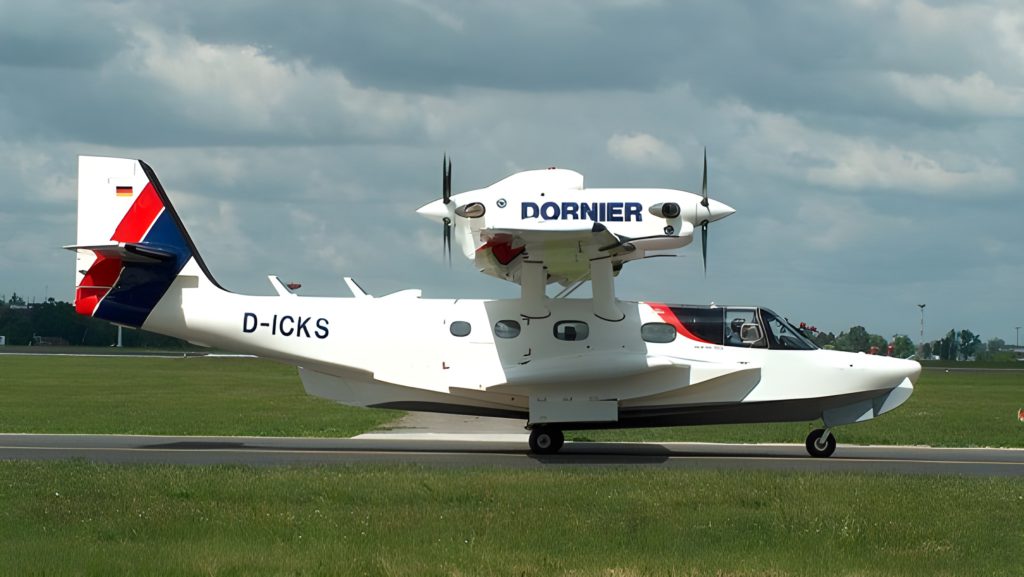
Dornier’s engineering legacy soars forward through the Seastar’s distinctive parasol wing design. Twin Pratt & Whitney PT6A-112 engines propel this modern amphibian with authority, while advanced hydrodynamics tame rough water conditions. The 12-passenger cabin pairs seamlessly with composite construction to enhance maritime versatility. When other seaplanes head for shore, the Seastar’s exceptional stability characteristics keep missions moving forward through challenging sea states.
13. Martin Mars
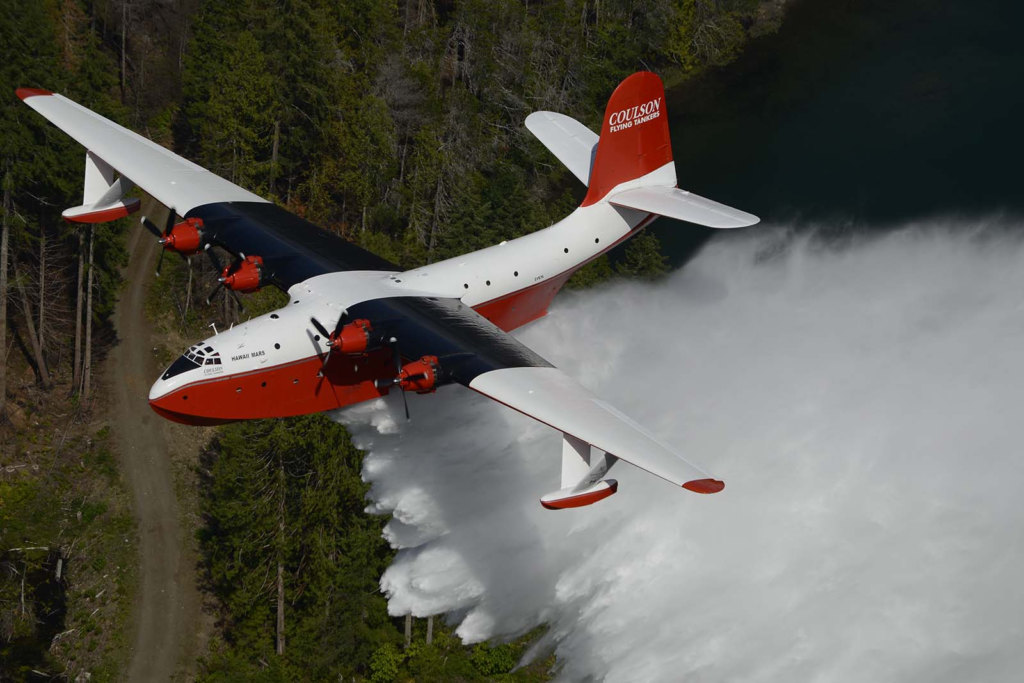
The Martin Mars redefined aerial possibilities during World War II, dwarfing contemporary aircraft with its 200-foot wingspan and 120-foot hull. Military configurations transported an astonishing 301 passengers or 32,000 pounds of cargo across vast ocean distances – imagine an entire company of soldiers flying in a single aircraft. Though the Hawaii Mars concluded its firefighting career in 2016, its seven-decade legacy transformed aerial firefighting from experiment to essential emergency response.
12. Super Petrel XP
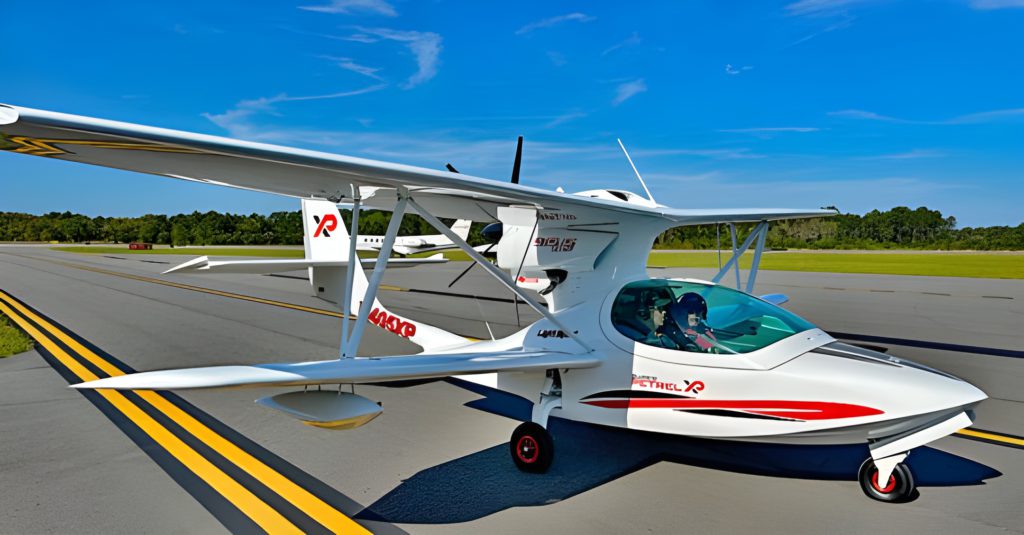
Scoda Aeronautica’s Super Petrel XP showcases modern amphibious innovation at its finest. The carbon-aramid composite structures merge seamlessly with tapered wing aerodynamics, while the 141 horsepower Rotax 915S turbo engine ensures confident performance in diverse conditions. That panoramic canopy you’re admiring isn’t just for looks – it delivers exceptional visibility during critical phases of flight. Each water landing demonstrates why pilots call this extended hull design their comfort zone in choppy conditions.
11. Consolidated PBY Catalina
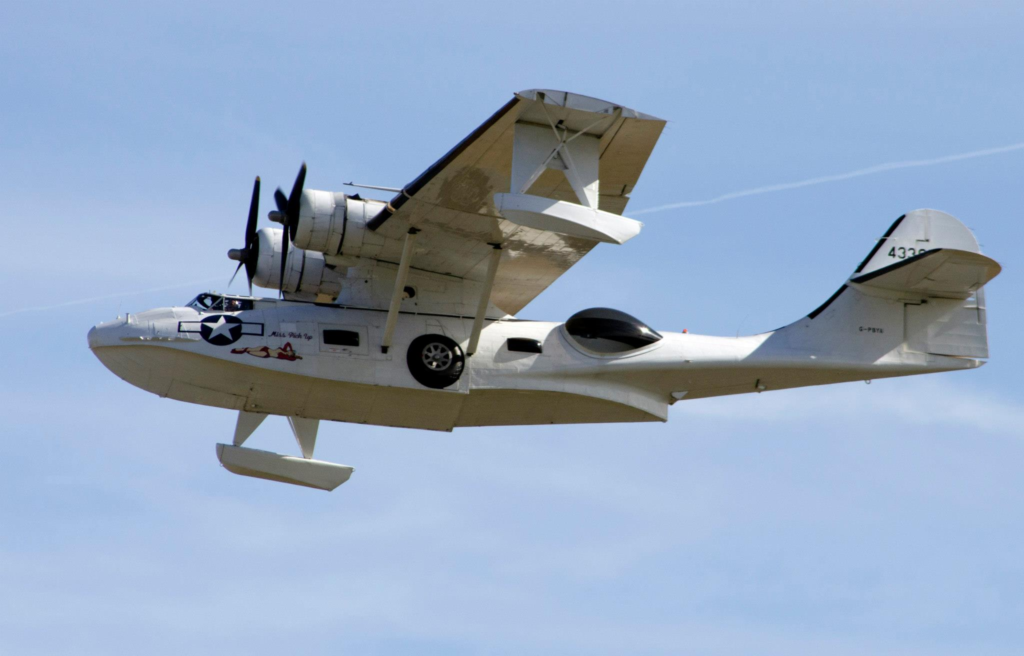
The PBY Catalina revolutionized naval aviation from 1930 through World War II, when every coastal patrol could mean the difference between victory and defeat. This versatile platform conducted missions across 2,520 nautical mile ranges, establishing new standards for maritime operations. Military variants mastered anti-submarine warfare before finding new life in civilian firefighting roles. The NGAA Catalina II program doesn’t just preserve history – it reimagines this legendary aircraft for tomorrow’s challenges.
10. Grumman Albatross

The Grumman Albatross wrote the playbook for air-sea rescue operations when failure wasn’t an option. Military configurations served both Air Force and Navy missions with distinction, while specialized variants extended operational reach beyond conventional limits. The G100 111T program introduces turboprop power and modern avionics – because sometimes even classics deserve an upgrade. Every successful rescue mission validates this platform’s reputation as the guardian angel of maritime aviation.
9. ShinMaywa US-2
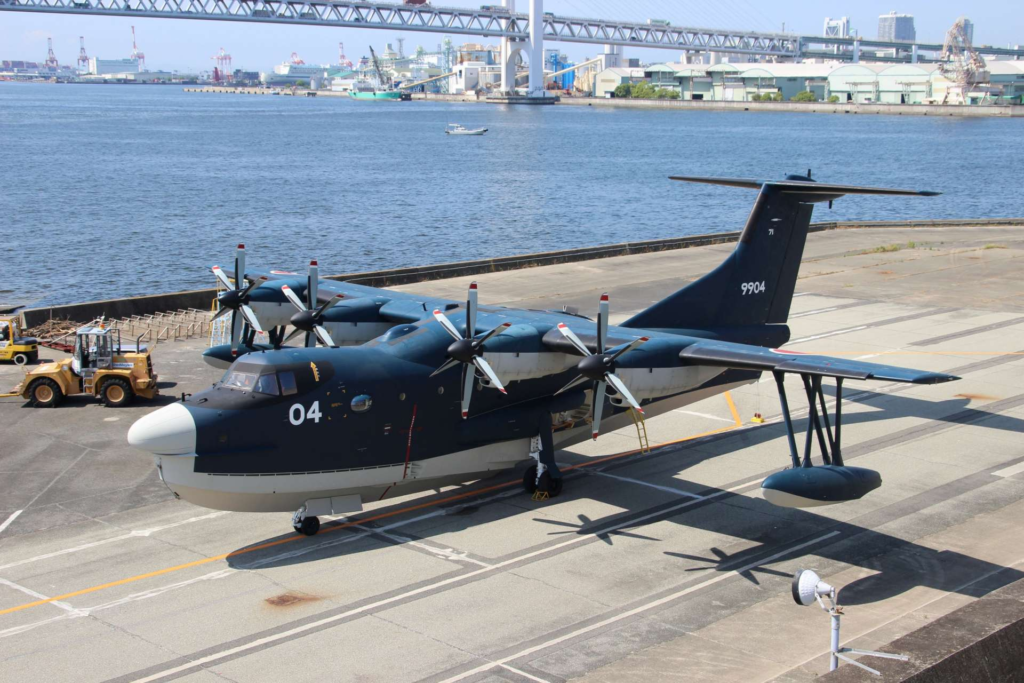
The US-2 exemplifies Japanese precision in amphibious design with performance that makes other seaplanes look twice. Four Rolls-Royce AE 2100J turboprops unleash 560 km/h speeds with a 1,900 kilometer range that keeps you operating long after others return to base. You’ll appreciate the 280-meter water takeoff capability when every second counts in rescue operations. The pressurized cabin transforms grueling search missions into manageable tasks, while survivors discover why this aircraft earned its reputation as the lifeline of the sea.
8. Beriev Be-200 Altair
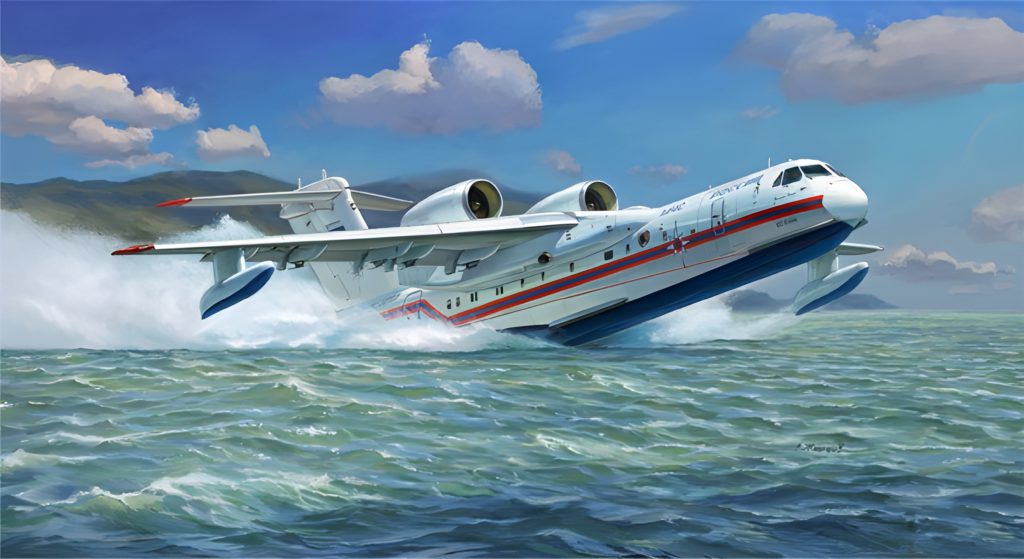
The Be-200 Altair demonstrates why Russian engineers deserve their reputation for robust design excellence. Watch in awe as this amphibian delivers 12 tons of water in 14 seconds – enough to make any firefighter smile. The high-wing configuration ensures rock-solid water operations, while aluminum alloy construction laughs at corrosion concerns. When wildfires threaten remote regions, this aircraft’s advanced navigation systems transform impossible missions into everyday operations.
7. Canadair CL-415 Super Scooper
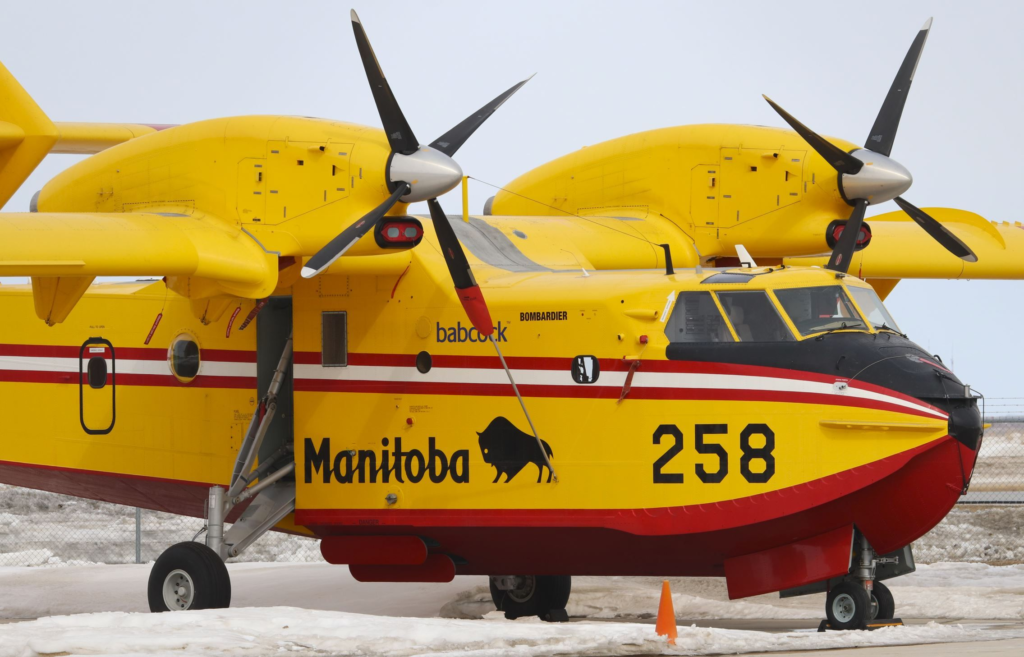
Ask any firefighting pilot about the CL-415, and you’ll hear respect in their voice. This specialized platform scoops 1,620 gallons of water in 12 seconds from waters other aircraft wouldn’t dare approach. The metal hull shrugs off repeated water operations like they’re routine flights. When forest fires rage beyond ground crew reach, this aircraft proves why firefighters call it their ultimate equalizer.
6. SeaMax M-22
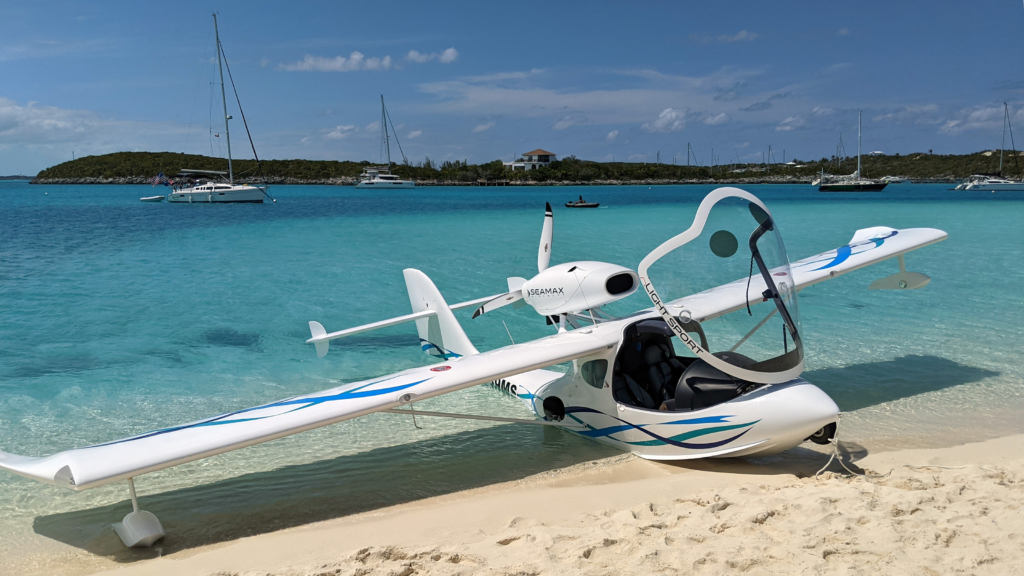
Light sport aviation enters new territory with the SeaMax M-22’s elegant balance of power and efficiency. Its 100 horsepower Rotax engine propels you to 210 km/h while sipping fuel like a conservative dinner guest. The composite construction makes traditional metal seaplanes seem decidedly last-century. Flying to that remote lake for weekend camping? This aircraft transforms your pilot’s license into a passport to adventure.
5. Seawind 300C
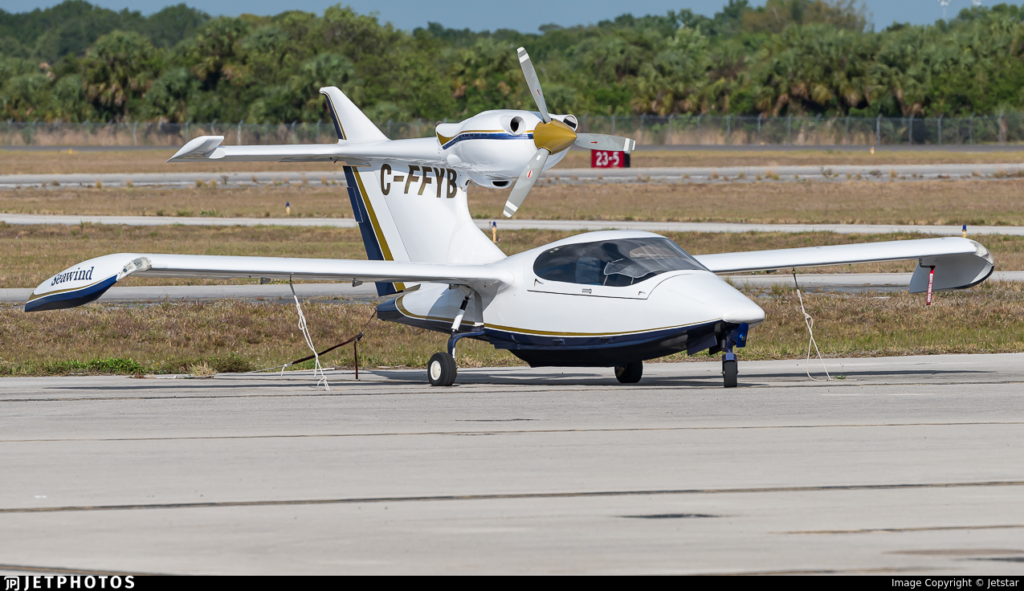
The Seawind 300C redefines private amphibious comfort through intelligent innovation. You’ll notice the engine pod placement first when the cabin stays conversation-quiet during cruise. Load up four adults and their gear across three separate cargo areas without playing luggage Tetris. Whether you’re landing on water or tarmac, retractable gear transitions happen so smoothly your passengers might not even notice.
4. Cessna 208 Caravan Amphibian
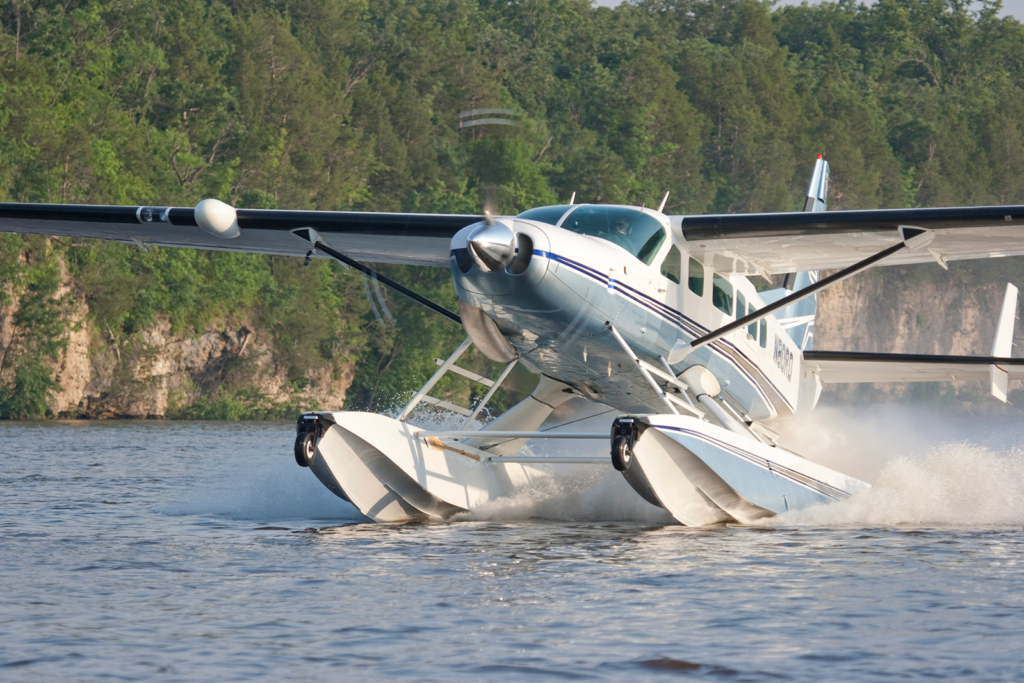
The Caravan’s amphibious variant proves why Cessna’s engineering team deserves their reputation for practical innovation. That Pratt & Whitney PT6A turboprop doesn’t just deliver 170-knot cruise speeds – it writes the book on fuel efficiency at altitude. Configure the cabin for nine passengers or yesterday’s cargo manifest without breaking a sweat. From Alaskan bush operations to Caribbean island-hopping, this aircraft transforms challenging routes into routine operations.
3. Bombardier CL-415
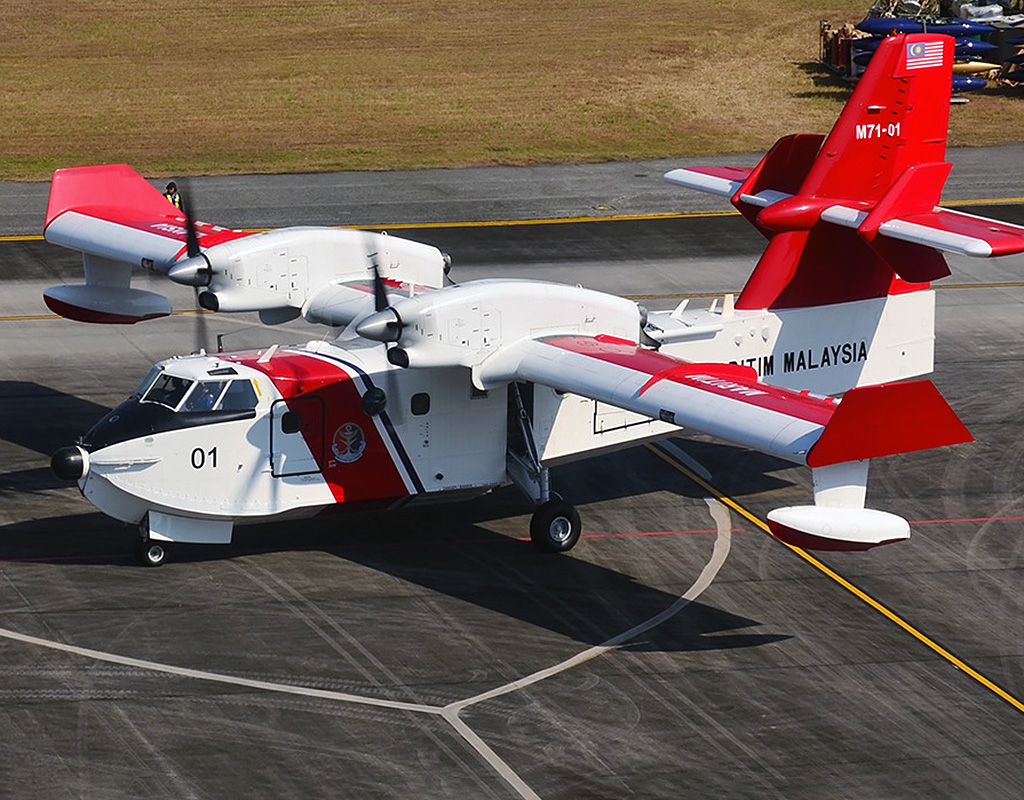
The CL-415 showcases why firefighting aircraft deserve their superhero status in modern forestry. Delivering 6,000 liters of water in 12 seconds isn’t just impressive – it’s often the difference between containment and catastrophe. The corrosion-resistant materials laugh at salt water while other aircraft hide in their hangars. When fire seasons grow longer and hotter each year, this aircraft stands as the first line of defense between wilderness and wildfire.
2. Super Petrel LS
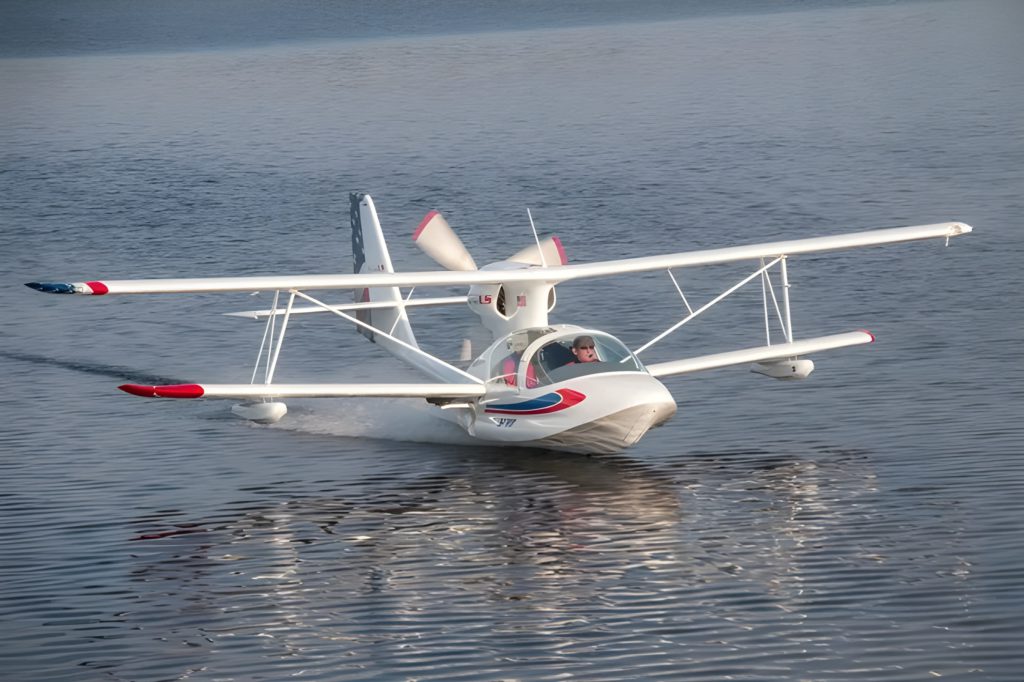
The Super Petrel LS proves why biplane configurations still turn heads at seaplane bases. That Rotax 912 ULS powerplant delivers 190 km/h cruise speeds while being gentler on your fuel budget than your car. Need proof of its capability? Watch it leap off land in 80 meters or water in 120 meters – distances that make other seaplanes jealous. The side-by-side seating doesn’t just facilitate instruction; it transforms every flight into a shared adventure.
1. Beriev Be-103
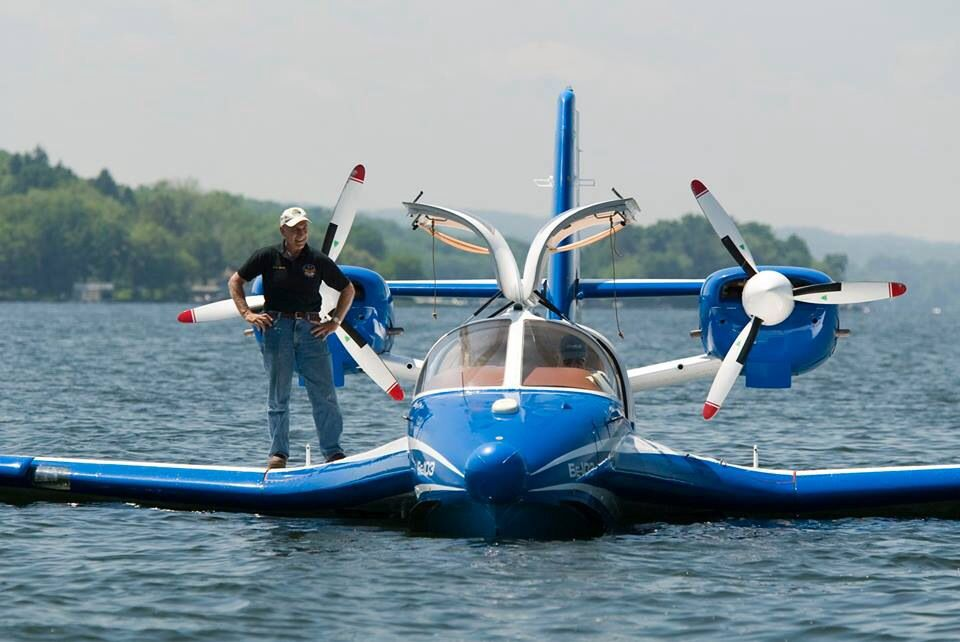
The Be-103 demonstrates how sophisticated engineering can hide behind elegant simplicity. Its mid-wing configuration works aerodynamic magic in both air and spray, maintaining 240 km/h cruise speeds while keeping five passengers in remarkable comfort. The integrated safety systems don’t just check regulatory boxes – they establish new standards for amphibious operations. When conditions challenge lesser aircraft, the Be-103 reveals why experience trumps complexity in advanced aviation design.




